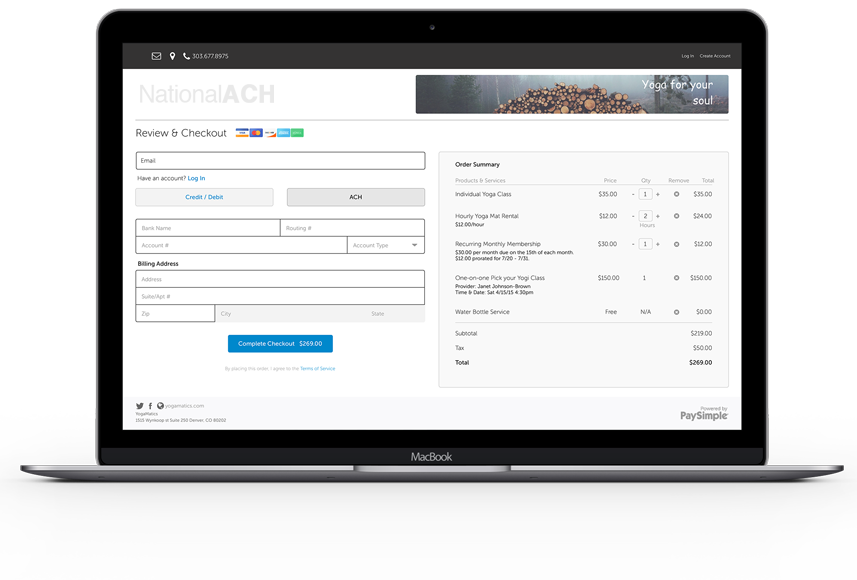Bill Pay via EBIDS
Banks have long offered online bill payment for free as an enticement to attract new consumers and reward existing ones. But, the service takes money to maintain and the banks are looking for new ways to handle the service. Consumers used to receiving the service free are loath to pay fees for it.
A model for bill pay uses an EBIDS business model whereby the billers’ banks pay a fee to consumers’ banks for each enrollment and then again for each transaction by the enrolled customer. Billers’ banks collect reimbursement for this fee, plus a markup, from their clients. The advantages to billers include cleared funds and complete and accurate remittance data.
With EBIDS, a consumer enrolls through his bank’s online-banking program to receive and pay bills electronically. The biller is notified of an enrollment and generates an ACH file containing amount owed, minimum payment due, and due date. This record goes from the biller’s bank to the consumers’ bank, triggering an e-mail to the consumer alerting him that a bill has been received. The consumer views the bill by clicking on a link.
When the consumer pays the bill on his bank’s site, the bank creates an ACH credit that goes to the biller’s bank. The consumer receives online confirmation that the payment was made and the biller receives funds within one or two days. Since the payment is an ACH credit rather than a debit, Regulation E rules giving consumers 60 days of recourse on payments don’t apply.
For information on ACH payment processing, contact info@nationalach.com
